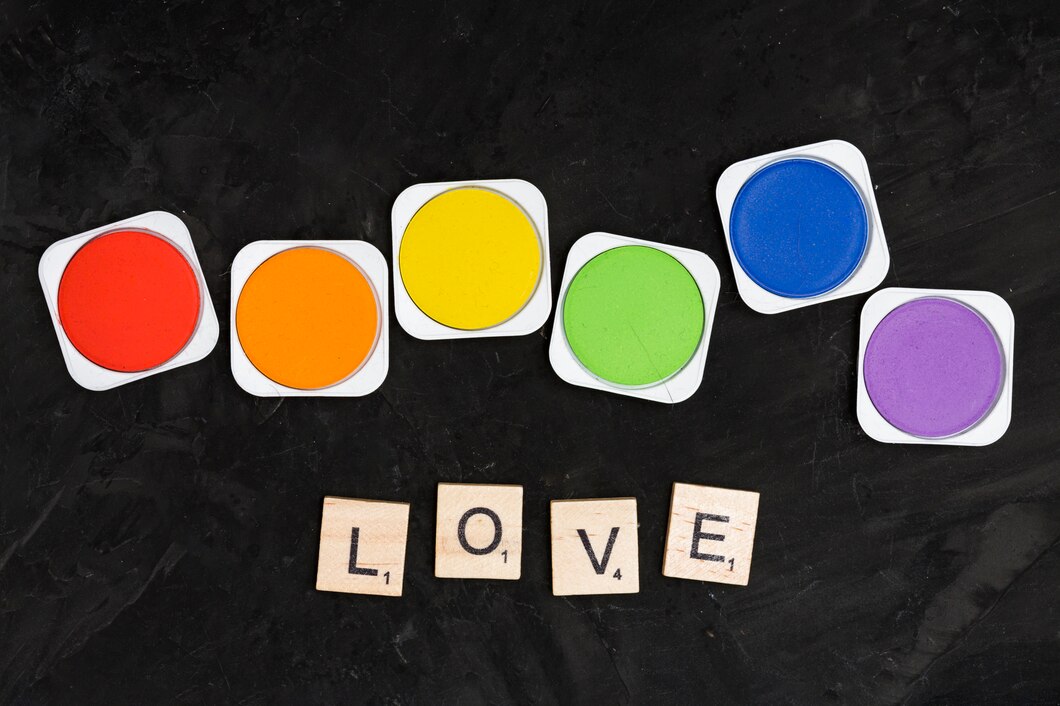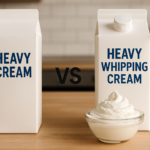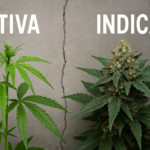Mood rings have fascinated people since they first became popular in the 1970s. These unique pieces of jewelry are more than just accessories — they are designed to respond to body temperature and reflect it through shifting colors. Each color is said to represent a mood or emotional state, which is why mood rings continue to spark curiosity decades later.
Among all the shades a mood ring can display, purple often captures the most attention. Many people ask the same question: on a mood ring what does the color purple mean? The answer is not always simple, because purple can carry multiple layers of meaning depending on context, culture, and even the wearer’s state of mind. This article takes a closer look at the meaning of purple on a mood ring, blending science, symbolism, and practical insight so you can understand this mysterious shade more fully.
The Meaning of Purple on a Mood Ring
When a mood ring turns purple, it is often seen as a sign of emotional depth. Purple is commonly linked to feelings of balance, creativity, and heightened awareness. It may suggest that the wearer is in a state of harmony — both calm and energized at the same time.
Unlike bright colors such as red or yellow, which are often tied to strong, outward emotions like excitement or nervousness, purple represents a subtler, more inward experience. It can be associated with thoughtfulness, imagination, and even a sense of spiritual connection. For some wearers, purple may signal love or passion blended with calmness, making it unique among mood ring colors.
What makes purple especially interesting is that it often appears when someone is relaxed yet mentally engaged. This dual meaning sets it apart from colors like blue, which usually suggest pure calm, or green, which represents balance without emotional intensity.
The Science Behind the Color Change
To understand why purple shows up on a mood ring, it helps to know how these rings actually work. At their core, mood rings contain liquid crystals that respond to changes in temperature. When the crystals shift, they bend light in different ways, which causes the stone to display different colors.
Because emotions often affect body temperature — for example, stress can raise it, while calmness can lower it — the colors on a mood ring can loosely mirror what a person is feeling. Purple tends to appear when body temperature is at a midpoint, not too hot and not too cold.
This is why purple often emerges during moments of thoughtful relaxation, quiet excitement, or mild emotional arousal. It reflects a balance between physical stillness and mental activity. While not a scientific measurement of emotion, the color change does reflect real shifts happening in the body, which helps explain why people feel a connection between purple and specific moods.
The Symbolism of Purple in Emotions and Culture
Beyond the science of body temperature, purple carries deep symbolic meaning across history and cultures. In many traditions, purple has long been associated with wisdom, spirituality, and mystery. Ancient royalty often wore purple garments because the dye was rare and expensive, making it a symbol of luxury and power.
In emotional terms, purple is often linked with imagination, introspection, and higher states of awareness. These associations overlap with how people interpret mood rings today. When a ring shows purple, wearers may instinctively connect it with creativity, inner peace, or even spiritual reflection.
This cultural background adds depth to the meaning of purple on a mood ring. It is not just a matter of temperature and crystals — the human mind naturally assigns significance to the color based on centuries of symbolic use. This is why the question, on a mood ring what does the color purple mean, often leads to answers that go beyond the physical explanation.
Common Misunderstandings About Purple on Mood Rings
Despite its rich meaning, purple on a mood ring is often misunderstood. One common misconception is that it always signals love or romance. While purple can represent affection, it is more accurate to say that it shows a blend of calmness and passion, not necessarily romantic love.
Another misunderstanding is the belief that mood rings offer precise readings of emotion. In reality, the colors are influenced by many factors, including the environment. A cool room, direct sunlight, or even wearing the ring too loosely can affect how the color appears. This means that purple should not be read as a guaranteed emotional state, but rather as a general signal that can vary between individuals.
The myth-versus-reality gap is important to keep in mind. Purple is a meaningful color, but it is not absolute. Understanding its limits helps prevent disappointment and makes mood rings more enjoyable to use.
Tips for Reading a Mood Ring More Accurately
If you want to better interpret what purple means on your mood ring, context is key. Instead of looking at the color in isolation, consider what you were feeling or doing when it appeared. Were you relaxed, thinking deeply, or feeling inspired? Purple often mirrors those inner states.
It is also helpful to notice shifts between colors. For example, if your ring moves from blue to purple, it may suggest you are becoming more mentally alert while staying calm. If it shifts from purple toward red, it may indicate rising excitement or passion. These subtle transitions often provide more insight than a single shade on its own.
By treating purple as part of a larger spectrum, you can develop a more accurate and personal understanding of your mood ring. This approach avoids rigid interpretations and instead encourages curiosity and self-awareness.
Conclusion
So, on a mood ring, what does the color purple mean? At its heart, purple represents a balance between calmness and energy, often linked to creativity, thoughtfulness, and deeper emotional awareness. It is a color that reflects not only body temperature but also centuries of cultural symbolism and human interpretation.
Still, it is important to remember that mood rings are guides, not exact science. The color purple should be seen as a helpful hint about your state of mind, rather than a fixed rule. By combining scientific understanding with cultural meaning and personal context, you can appreciate the beauty and mystery of purple on your mood ring.
Mood rings continue to hold their charm because they invite us to pause and reflect. The next time your ring turns purple, take it as an opportunity to notice your inner world — not as a strict label, but as a gentle reminder of the fascinating connection between body, mind, and color.
My name is Mustafa, and I have been blogging for over 5 years. I am passionate about sharing complete, accurate, and helpful information with my readers. Along with managing content on The Matcha Read, I also contribute blog posts to premium websites. My goal is to provide valuable insights in a clear and easy-to-understand way, so every reader walks away with useful knowledge.










